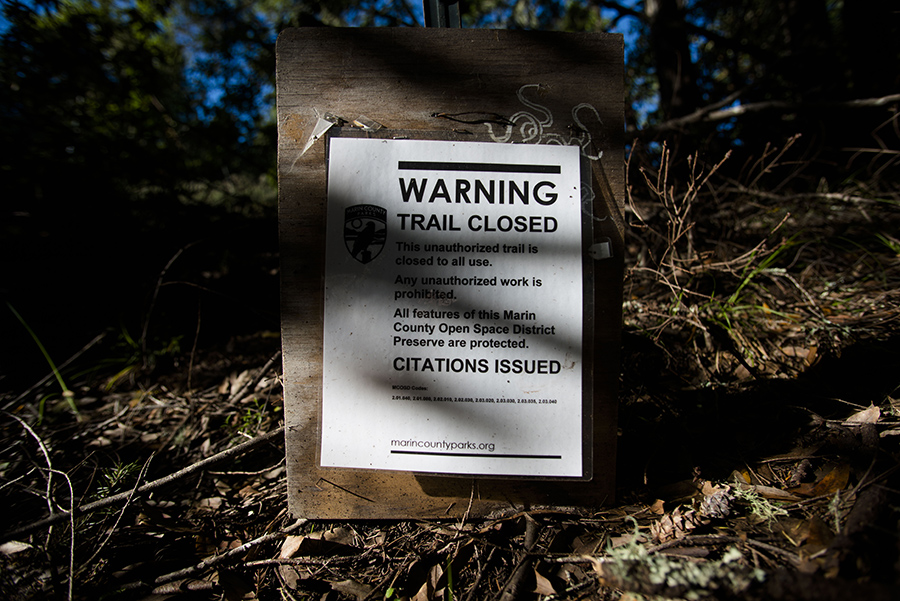The Marin County Open Space District is planning to integrate 5,000 feet of social trails known as the Hunt Camp Trail into its . . .
Social trail plans in valley garners praise and concerns over closures


The Marin County Open Space District is planning to integrate 5,000 feet of social trails known as the Hunt Camp Trail into its . . .